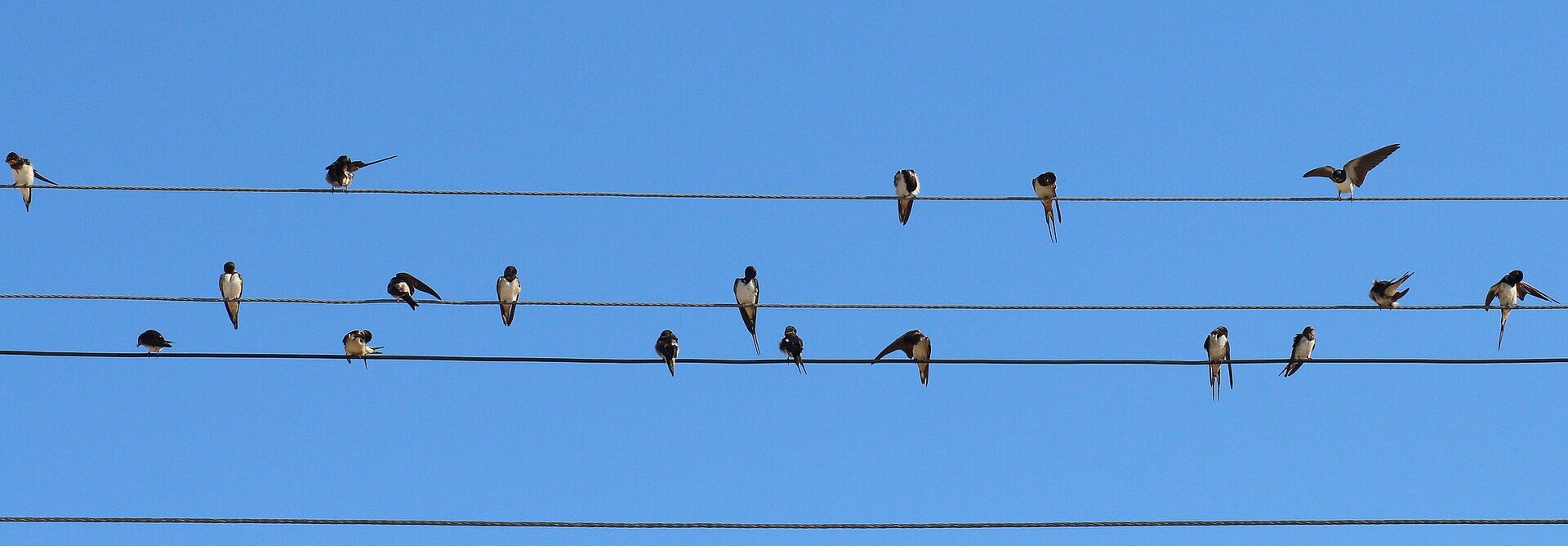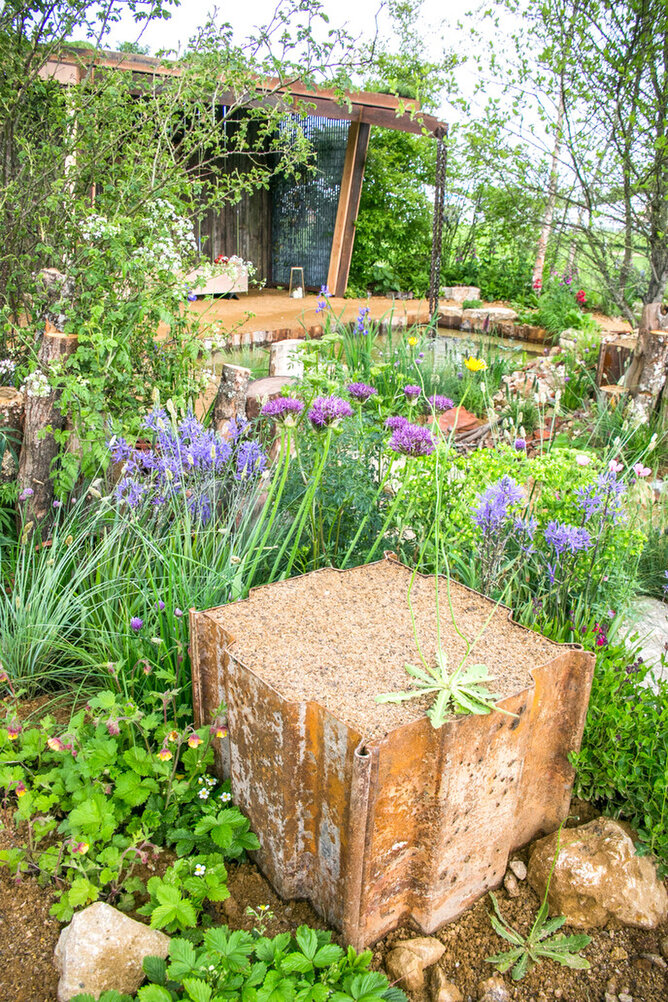Future Nature WTC have been working closely with Berkshire, Buckinghamshire & Oxfordshire Wildlife Trust (BBOWT) on a show garden with nature’s recovery at its heart.
The Wildlife Trusts: Wilder Spaces garden takes wildlife-friendly gardening to a new level, combining beauty with biodiversity. The garden has been awarded a gold medal at this year’s RHS Malvern Spring Festival – and won Best in Show, Best Construction and People’s Choice garden. This is only the 7th time in the long history of RHS Festivals, including Chelsea and Hampton Court, that a Show Garden has won a clean sweep of a medals.
Future Nature WTC worked closely with Oxford Garden Design, to create a garden that is designed for wildlife, enhances biodiversity whilst providing eye-catching charm. The team has demonstrated how wildlife habitats can be designed into the structure of a garden, using building waste, reclaimed material and untreated timbers.
Carefully chosen cultivated plants provide pollen and nectar for insects, alongside often unsung native plants that feed the larvae of butterflies, moths and other invertebrates. Key species include hawthorn, ivy, nettles and blackthorn. The garden provides a calm space in which to enjoy the diverse species living in the varied habitats – including standing deadwood, mining bee planters, and amphibian reef.
Russell Hartwell, Managing Director at Future Nature WTC, said:
“What differentiates The Wildlife Trusts: Wilder Spaces garden from others, is that nature is the driver in the design, with habitats of high ecological value forming the foundation of the garden’s structure. The garden is full of materials, plants and features that enhance biodiversity, without conforming to the myth that a wildlife garden must be an untamed rewilded jungle. Standing deadwood, building waste and reclaimed aggregates all enhance the aesthetic appeal and provide niches for wildlife to nest, shelter and find food. Our composting channel, solitary bee columns, hoverfly lagoon and recycled habitat mound are all innovative examples.”
To read more about the garden design and how reclaimed materials are used, take a look at the full story on the BBOWT website
Picture: Chris Dobbs

